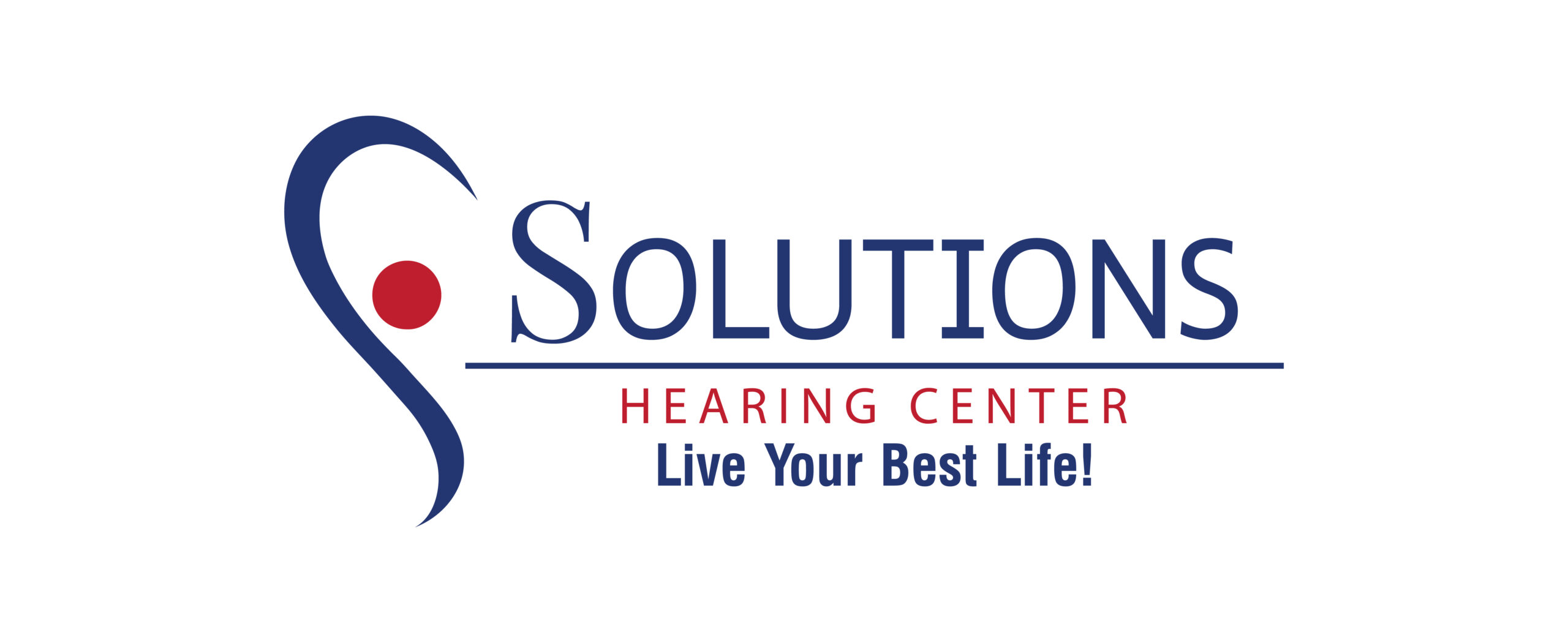Although many people like to use the terms “hearing” and “listening” interchangeably, they are not the same thing. Hearing is simply perceiving or being aware of speech sounds, whereas listening is the process of understanding or making sense of speech sounds.
Hearing Tests
The most common hearing tests involve the presentation of simple pure tones at varying pitches and loudness levels. The patient is usually instructed to press a button or raise a hand when they can detect the sound. This test evaluates how well a person can perceive sound, while different pitches are incorporated. However, this type of evaluation is not enough to comprehend speech sounds in specific environments, like restaurants and parties. The primary speech sounds must be louder than the secondary background noise in order for an individual to make sense of what is being said. To measure such an audible difference it is necessary to determine the signal-to-noise ratio (SNR).
Generally, most people can hear the primary speaker clearly when it’s a little louder than the secondary speaker. In the cocktail party scenario, however, the secondary speakers are often as loud, or even louder, as the primary speaker, resulting in a dis-advantageous SNR. Often, listeners report that they can “hear” but are unable to “understand.”
As we get older, it is typical to experience reduced hearing in the higher frequencies of speech. Even when we amplify the sounds so they can be heard, our auditory system and brain have to make sense of them. That demands substantial improvement in SNR – simply hearing the sounds is not enough. To understand them correctly, the desired sounds have to be considerably louder than any background noise, and as our hearing loss increases, SNR must rise correspondingly.
Hearing Aids and Speech In Noise
Simple amplification devices can become very frustrating for people as they often only increase the volume, rather than improve the SNR. Today’s modern hearing aids have more powerful processing capabilities that allow for better SNR. While the primary speech and background sounds become louder with this kind of device, clarity is still lacking if SNR was inadequate prior to use. For many people, this is seen as worse than not hearing at all as it produces a loud and unclear signal.
Advances in hearing aid technology offer multiple processing systems that not only enhance the volume of sound, but also improve the signal to noise ratio (SNR). These improvements are enabled through the use of directional microphones; beam-forming microphones; multi-speaker access technology (MSAT); T-coils; as well as Bluetooth streaming ranging from music and telephone usage. Those who stand to benefit most with such technological innovations are those requiring extra assistance when it comes to hearing correctly, and this can be provided through devices like FM and digital remote microphones (DRM), which utilize radio waves, transmitting signals from a small microphone worn by a person speaking up to 40 feet away, allowing for an SNR that is both easy and pleasant to hear.
Since the advent of hearing aid technology, we have been able to improve our understanding of speech in noise as well as our ability to enhance our listening skills. It is important to ask your hearing care professional to measure your speech-in-noise ability unaided (with just your own ears) and with hearing aids when considering hearing aid amplification. The difference today’s technology can deliver will be pleasantly surprising to most people.
Schedule a consultation today to find out if we can help you hear better in noisy environments!

